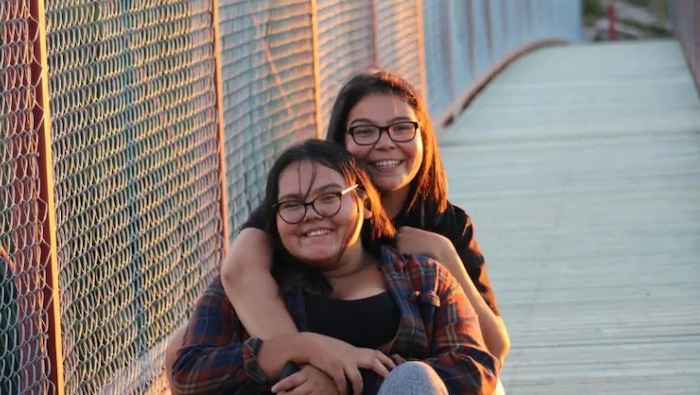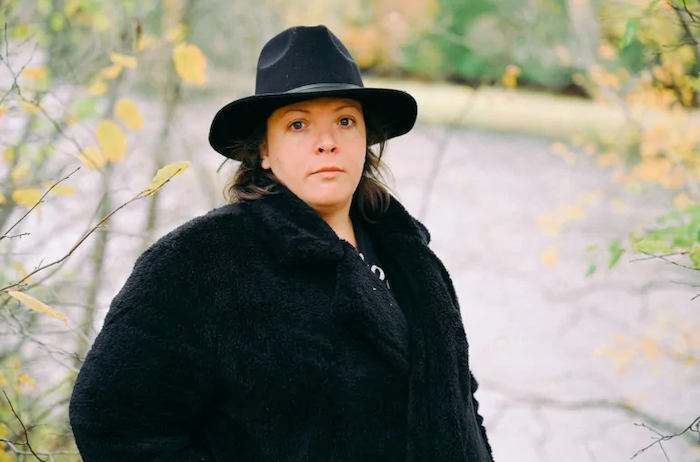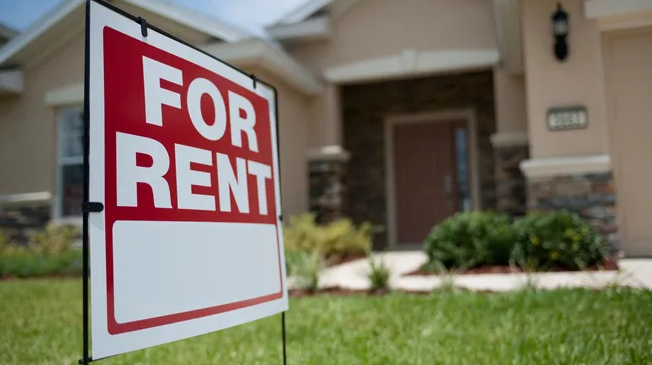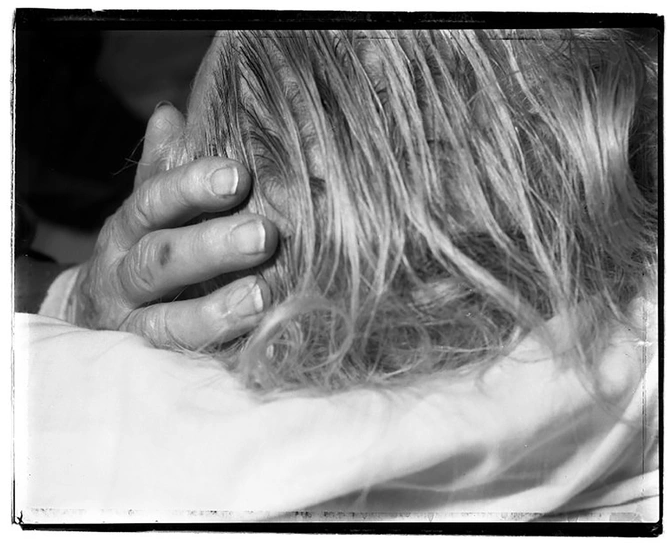Finding emotional support during a crisis often means turning to long-established networks already built for distance.

By Nicole Chung
In April, when my adoptive mother began to decline after months of battling cancer, I tried to show my love and let her know I was thinking of her through phone and Skype calls, gifts and handwritten letters. I was managing her finances and helping to coordinate her care, and often felt like I was having one long, sustained panic attack.
But friends kept vigil with me, lighting up my phone with support and listening when I called to vent or cry. Sometimes the distance made this easier — if I was awake and spiraling at midnight, I knew I could reach out to someone three time zones behind without waking them.
My mom died in May. Suddenly, I couldn’t bring myself to answer when people called to check on me. I didn’t understand why. Perhaps I would have felt hesitant to beg for support, given that everyone I knew was exhausted and overwhelmed by the ongoing pandemic, but these people were reaching out to me — why was I abandoning the communication that had been my lifeline for weeks?
A few days after my mother’s death, another friend called, and as I stared at the screen I realized that I felt nauseated; my heart was racing. I had developed a sense of deep anxiety about the phone because, for weeks, it had been my conduit for receiving and passing on gutting updates. Because I did not want to say the unthinkable words — “My mom is gone” — to even the most sympathetic listener. Because no matter how often the phone rang, it would never again be her.
One of the cruelest realities of this pandemic is that it has deprived so many of us the opportunity to grieve in the most familiar, instinctive ways. We can share stories, cry and laugh together over Zoom, but we can’t simply sit in quiet companionship or hold each other when words fail us. After my loss, I ran out of words to share; I couldn’t imagine calling anyone. How was I going to feel connected to others, find comfort and strength in my friends?
People near and far began to send sympathy cards, flowers, snacks, gourmet ice cream. My biological sister couldn’t be at my side as she was when my adoptive father died, but she checked in often and sent me soup and socks. One person gave me handmade jewelry in my favorite colors; another mailed a magnolia tree I could plant in my mother’s memory.
My friends Jasmine and Reese organized a group to record video condolences — a virtual shower of compassion and care — and, with tears rolling down my face, I played and replayed the messages, feeling held in the love of my friends and recognizing a clear invitation to reach out for more support when I was ready.
As it turned out, socially distanced grieving didn’t mean grieving alone — so many people found ways to offer support, as if they knew what I needed even when I didn’t. It occurred to me that most of them hadn’t needed to dig deep in order to understand what I was going through.
“After a trauma, one of the lingering shocks can be the feeling of aloneness that follows,” Juli Fraga, a psychologist, told me. “In this pandemic, that sense of aloneness might be softened because of our collective suffering — everybody needs support right now.”
For many of us, finding emotional support often means turning to long-established networks already built for distance. We may be weary or fearful now, freshly cut off from familiar routines and many forms of in-person support, but there’s still reassurance and solace to be found in distanced fellowship.
“At moments of peak fear and distress, we all think of connection and reaching out to people we love,” said Joy Lieberthal Rho, a social worker and therapist. “It’s part of that mass moment of reckoning in a crisis.”
As the pandemic drags on and our emotional reserves dwindle, we’re still doing our best to care for loved ones we can’t visit, sharing burdens, mourning losses, and celebrating tiny victories in long-distance communion.
Sometimes that means a call, just listening to and spending time with one another. Sometimes it means sharing resources or sending gifts, if we’re lucky enough to be able to do so — as my friend Jess put it, “Buying gifts for people who are going through hard times has been the only good thing this year.”
If you’re like me and have a hard time asking for help or naming what you need — especially now, when everyone you know is struggling — Ms. Rho suggests starting with “just one person who has been consistently good about reaching out” to you. “This gives that person positive feedback” for being such a good friend to you, she says, and perhaps they’ll be motivated to continue, or to let others know you could use extra support. Dr. Fraga says that asking for help can also give others permission to voice their own needs.
When it’s your turn to offer comfort or aid, Martha Crawford, a psychotherapist and licensed social worker, recommends asking yourself what is in your power to do and letting a loved one know that you have the emotional capacity to do it.
“With grief on this massive scale, we move through periods of time when we can function and periods when we can’t,” she said. “Try to honestly recognize where you are — when you have support to lend and when you have support to give — and then let people know where you’re at, and ask where they’re at.” She says this form of emotional resource sharing is in “the spirit of mutual aid.”
“It’s a little harder to make somebody feel they’re held in your care through electronic intermediaries,” Ms. Crawford added. “Maybe there is some pressure to try to offer more active support, suggestions or advice.” But the helping professionals I spoke with also pointed to the intimacy that can take root when we have a bit of physical distance, and at the same time get these powerful glimpses into each other’s homes and daily experiences.
“It can be hard not to meet face-to-face,” said Dr. Fraga, “but virtual meetings give me a new window into people’s lives, letting me actually see some of the things they’ve been talking about.”
At least once a day, you probably hear someone mention pandemic fatigue. The days seem endless, even as weeks fly by, and still there is no return to normalcy. Whatever it was that gave you strength or courage in the early days of the pandemic might be wavering now. Maybe you can’t bounce back so quickly. Maybe you shouldn’t — sometimes you need to stay down, take that extra breath, ask for help before you can figure out how to go on.
Whenever I rise and get back to it — to help my family, to do my job, to support my friends the way they’ve generously supported me — I often think of my mother, the person most responsible for showing me that love can defy distance and be an endless source of strength and resilience.
For decades, I watched her work hard to support us, care for her mother and my father, fight for her own survival and that of others. She believed in me so fiercely that I still feel her love and faith in the active, present tense, even though she is far beyond my reach. It’s that kind of support I want to extend to others now, sharing what strength and nourishment I can, even if I don’t know when we’ll share physical space again.
Complete Article ↪HERE↩!







